The movies have come to the art exhibit, and in what (I think) is a very unusual way: An exhibition at the Palazzo Strozzi in Florence called Picasso, Miró, DalÃ. Angry Young Men: the Birth of Modernity is structured like a film, in a series of flashbacks.
It’s a little hard to explain, so I shall stick closely to the press release, aided by my perusal of the catalogue and a look at what has been posted online about the exhibition.
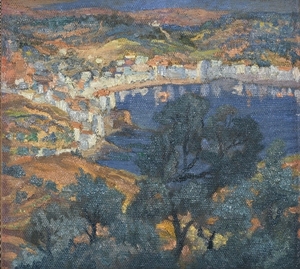 For the show, co-curators Christof Vitali, former director of the Beyeler Foundation, among other things, and Eugenio Carmona, professor at the University of Malaga, have gathered more than sixty early works by the three young artists, plus more than a hundred sketches by Picasso. The unifying factor is their background: all three were raised in Catalonia, but became famous in France. Picasso and Miro moved there to build their careers; Dalà stayed largely in Spain.
For the show, co-curators Christof Vitali, former director of the Beyeler Foundation, among other things, and Eugenio Carmona, professor at the University of Malaga, have gathered more than sixty early works by the three young artists, plus more than a hundred sketches by Picasso. The unifying factor is their background: all three were raised in Catalonia, but became famous in France. Picasso and Miro moved there to build their careers; Dalà stayed largely in Spain.
The exhibit covers the years from 1901 through the late 1920s, but begins in 1926 with Dali, the youngest of the three, when he says he went to meet Picasso. (His Cadaques — 1917, pre-Picasso, is above.) Visitors learn how he responded to Picasso and, before that, to Miró. Then visitors move to 1917, when Miró encounters Picasso (His Portrait of Josef F. Rafols from 1917 is below); and then to 1901, when the young arrives in Paris at the start of the new century. The last painting is his Altar Boy, painted in 1896, when Picasso was 15.
The exhibition takes the visitor through a series of spaces organized as ‘considerations’ that investigate the common roots of the styles that later made Picasso, Miró and Dalà household names.
Their first sight, however, is none of the above. Like movies that begin with an inexplicable picture that is explained, or referenced, only later, Angry Young Men: the Birth of Modernity starts with a swirl of images above visitors’ head — they are taken from a sketchbook of Picasso’s, and:
The dream-like images and the striking encounter between classical and African art foreshadow the exhibition’s mysterious heart — Picasso’s groundbreaking Cahier 7. The product of just two months of intense creativity in 1907, the album’s pages show Picasso clearly straddling two centuries and two traditions, with one foot in the 19th century, and the other in the 20th. Here we can see Picasso struggling to give birth to a new visual language — the language of modernity — in the very first sketches of his revolutionary work Les Demoisselles d’Avignon.
The 1907 Cahier 7 has never been shown in its entirety outside Spain, and its importance in the story turns up in selected labels before visitors reach the real thing.
The “epilogue” brings together works from all three artists that “show the persistence of the influence of Cahier 7: Picasso’s La Femme Qui Pleure, Miro’s Composition (Petit Univers) and Dali’s Arlequin.
The exhibit then ends in an interactive room and — this I like — here
…a special emphasis is placed on the practice of drawing, in a space where the visitors can try their own hand a drawing and sketching, using reproductions of works by the young artists as possible models, just as they themselves had done. Just as Picasso had spent his days copying masterpieces in the galleries of the Louvre in the early 1900s, visitors to the exhibition-perhaps themselves this century’s next ’emerging talents’-can discover the importance of the past in creating the future.
Sounds to me like an intriguing — if possibly confusing — approach: a bold new world. But as movies are so prevalent in our culture, maybe exhibits can work well as a backward narrative. Flashback novels are common, and even a few plays move forward in reverse.
The exhibit runs until July 17. Comments especially welcome from anyone who visits Florence and sees it.
Photo Credits: Kunstmuseum Bern (top), Mildred Lane Kemper Museum/Washington University (bottom) via Palazzo Strozzi

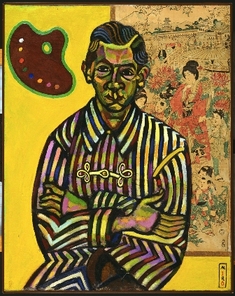

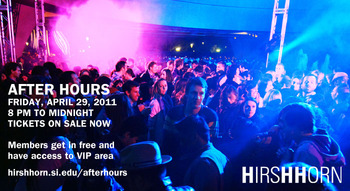
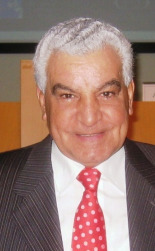 The newspaper’s English website says he was punished for refusing to follow a court order over a land dispute.
The newspaper’s English website says he was punished for refusing to follow a court order over a land dispute.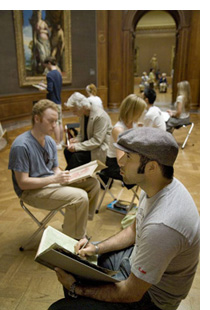 But here’s one I can get behind: On May 8, the
But here’s one I can get behind: On May 8, the